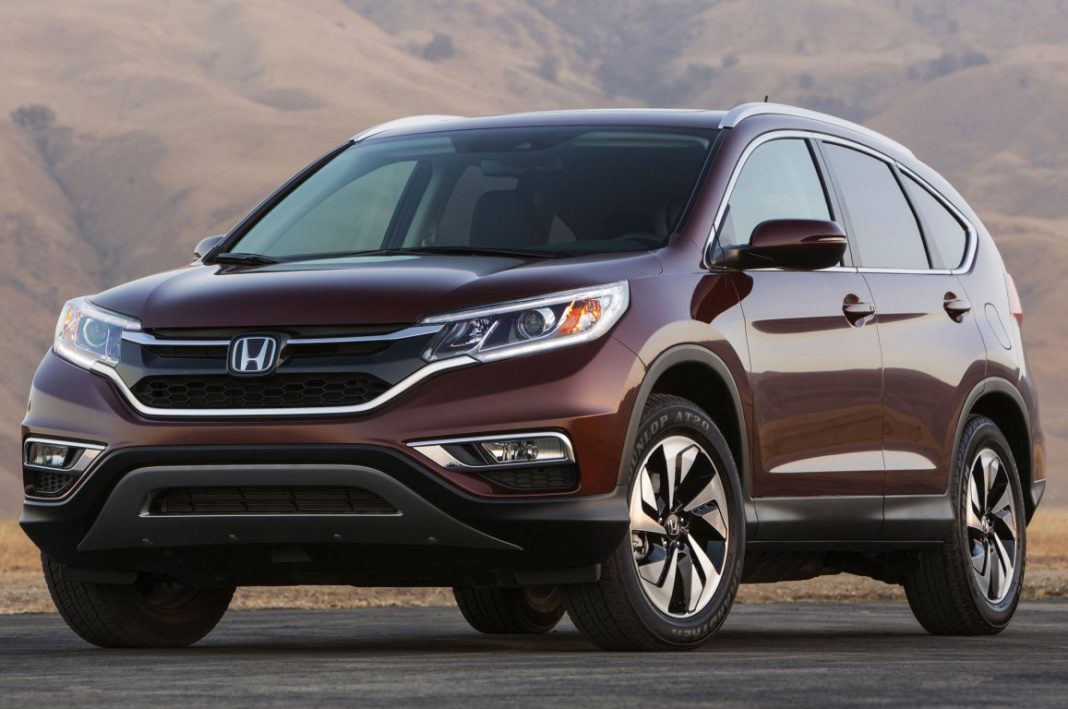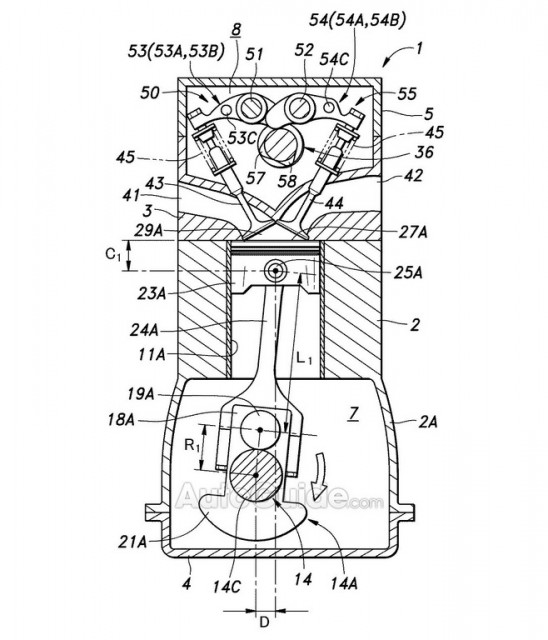
Honda patented a revolutionary engine two years ago and then the Japanese car manufacturer received the rights to build one. It was then published on Patent Office database site of Japan but it’s no longer available. However, Autoguide website managed to get hold of the patented images before Honda officially revealed something depending on the hidden pictures.
The patented images could instigate a new generation family of engines. But, when seemingly all the car makers jumping into the hybrid and alternative fuel technologies’ bandwagon, will Honda’s revolutionary approach in the Internal Combustion engine mechanism pay dividends?
Firstly, no official word from Honda on putting it into production yet but since the engine can be versatile, it could be paired with a hybrid system as well and can work on different engine configurations it’s been widely reported. Let’s get behind the idea of the whole new concept that is radical in all aspects:
Normally, in any reciprocating combustion engine with piston, the ideology is the same. Each cylinder has identical bore and stroke and will provide equal displacement outputs that are combined and sent to the crankshaft through the connecting rod.
The solution Honda has come up with is that the stroke of each cylinder can be varied keeping the same bore and therefore allowing less piston travel and in turn every pod generating variable displacement levels. As being the pioneer, Honda engineers are believed to have an innovative design for the crankshaft.
Let’s not get confused, as we do have variable displacing engines available for production cars in the market with cylinder deactivation technology but the radical concept gives way to engineers developing varied displacements on each cylinder. Honda appears to be employing cylinder deactivation as well but the since individual cylinders produce different displacements, it has freedom to play with multiple displacement combinations.
The versatile design is said to work on inline and any V configurations. This means Honda can implement this technology from inline four-pod and inline three-pod units to V4, V6 and V8 motors with the cylinders distributed on crank to limit vibration. It could act as a new formula for Honda’s engine downsizing plans.
The Japanese marque could put this technology on its motorcycle division as well where V-Twin and V4 configurations are popular. As Honda didn’t disclose much detail, we can assume that the new technology will be utilised to increase fuel economy and combustion efficiency.
Follow us on Facebook, Twitter & on Youtube







